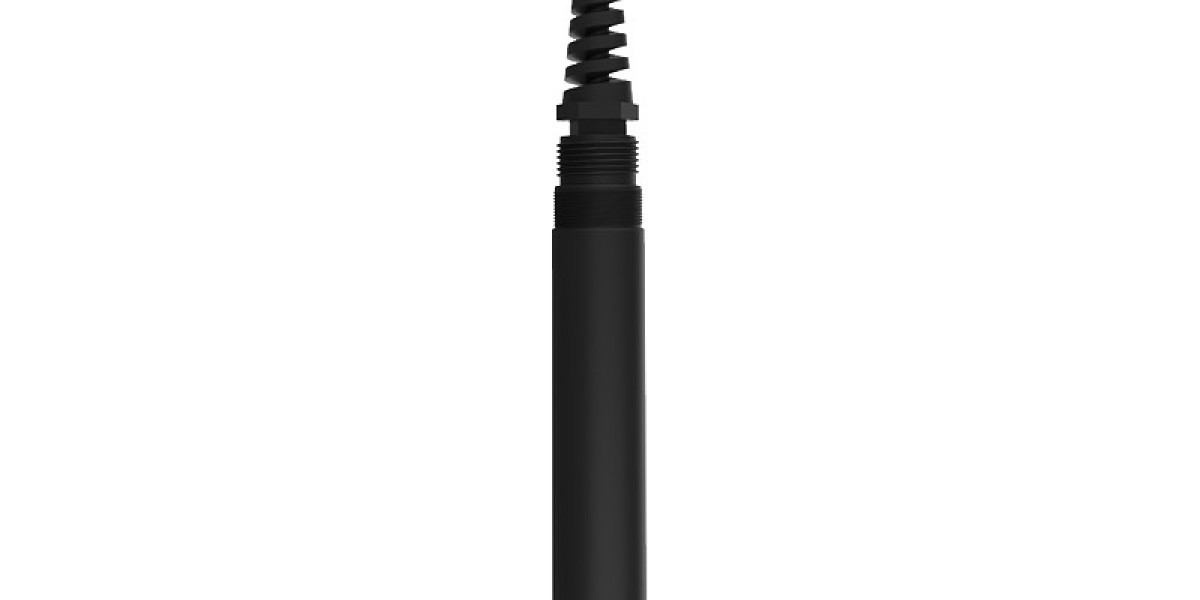Access to clean and safe water is essential for human health and well-being. However, water pollution is a significant global issue that threatens the quality of our water sources. To address this challenge, advanced water quality monitoring tools and technologies are essential for effectively identifying and managing water pollution. In this article, we will explore the role of smart tools, particularly advanced water quality sensors, in enhancing water monitoring and ensuring clean water for all.

The Importance of Water Quality Monitoring
Water quality monitoring is crucial for assessing the health of aquatic ecosystems, protecting public health, and ensuring the safety of drinking water supplies. It involves the collection and analysis of water samples to evaluate various physical, chemical, and biological parameters. These parameters include temperature, pH, dissolved oxygen, turbidity, nutrients, heavy metals, and microbial contaminants. By monitoring these parameters, authorities can detect pollution, track changes in water quality over time, and implement appropriate measures to address any issues.
Traditional water quality monitoring methods typically involve manual sampling and laboratory analysis, which can be time-consuming, labor-intensive, and costly. Moreover, these methods may not provide real-time data, making it challenging to respond promptly to water quality changes. As a result, there is a growing need for advanced monitoring tools that can provide accurate, real-time data on water quality.
Advanced Water Quality Sensors
Advanced water quality sensors are smart tools that leverage cutting-edge technologies to monitor and analyze water quality parameters in real time. These sensors are designed to be deployed in various water environments, including rivers, lakes, reservoirs, and wastewater treatment facilities. They can continuously measure multiple parameters and transmit data wirelessly to a central monitoring system, allowing for immediate analysis and response.
There are several types of advanced water quality sensors available, each designed to measure specific parameters. For example, optical sensors can measure parameters such as turbidity, chlorophyll, and dissolved organic matter. Electrochemical sensors can measure parameters like pH, dissolved oxygen, and conductivity. Additionally, there are sensors specifically designed to detect contaminants such as heavy metals, pesticides, and pathogens.
The Advantages of Advanced Water Quality Sensors
The use of advanced water quality sensors offers several advantages over traditional monitoring methods. These include:
Real-time data: Advanced sensors provide real-time data on water quality parameters, allowing for immediate detection of pollution events and rapid response to changes in water quality.
Continuous monitoring:
Unlike manual sampling, advanced sensors can continuously monitor water quality, providing a more comprehensive understanding of water conditions over time.
Cost-effectiveness:
While the initial investment in advanced sensors may be higher than traditional monitoring methods, the long-term cost savings are significant. By reducing the need for manual sampling and laboratory analysis, advanced sensors can lower monitoring costs and improve overall efficiency.
Improved accuracy:
Advanced sensors are designed to provide accurate and reliable data, reducing the potential for human error in sample collection and analysis.
Enhanced decision-making: The real-time data provided by advanced sensors enables authorities to make informed decisions regarding water quality management, pollution control, and public health protection.
Case Studies
Several successful case studies demonstrate the effectiveness of advanced water quality sensors in enhancing water monitoring and management. For example, in the Chesapeake Bay watershed, advanced sensors have been deployed to monitor nutrient levels and dissolved oxygen in the water. This data has been instrumental in guiding efforts to reduce nutrient pollution and improve the health of the bay.

In another example, the city of Singapore has implemented a network of advanced sensors to monitor water quality in its reservoirs and waterways. This has allowed authorities to detect and address pollution events more effectively, ensuring the safety of the city’s water supply.
Future Developments
As technology continues to advance, the capabilities of advanced water quality sensors are expected to improve further. Future developments may include the integration of artificial intelligence and machine learning algorithms to enhance data analysis and predictive modeling. Additionally, the miniaturization of sensor technology may lead to the development of smaller, more affordable sensors that can be easily deployed in remote or hard-to-reach areas.








